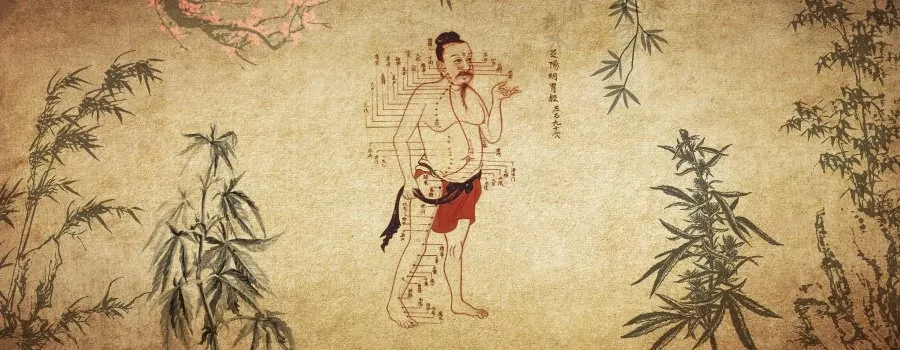Acupressure therapy practices developed from several sources: ancient Chinese folk healing, Acupuncture references, and the clinical experiences from traditional Chinese practitioners. Today, we can benefit greatly from this ancient wisdom that honors the body’s ability to balance and heal naturally.
With the materials on this website, you too can learn how to reduce stress, relieve common ailments, and promote vitality and optimal health. One easy way to start is to explore the many
Benefits of Acupressure.


